
早在今年4月,《科学》(Science)杂志就已经报道了北京通用人工智能研究院(简称“通研院”)朱松纯教授团队自主研发的全球首个通用智能人“通通”。
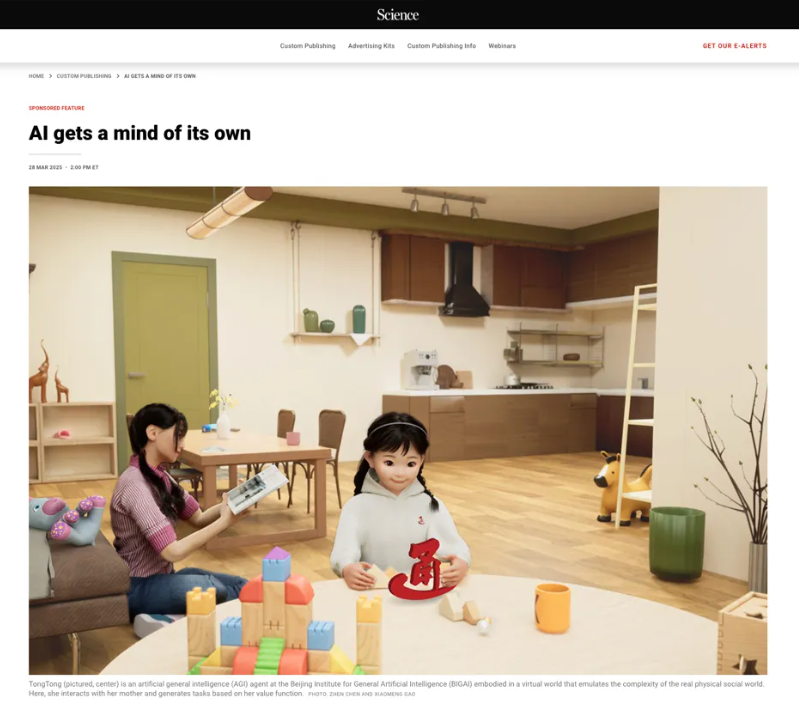
9月4日,《科学》(Science)杂志再次发表了题为“文明演进:从AGI智能体到AGI社会”的专题报道,介绍了朱松纯教授领导的通研院及北京大学武汉人工智能研究院(简称“北武院”)在通用人工智能(AGI)领域的研究进展。
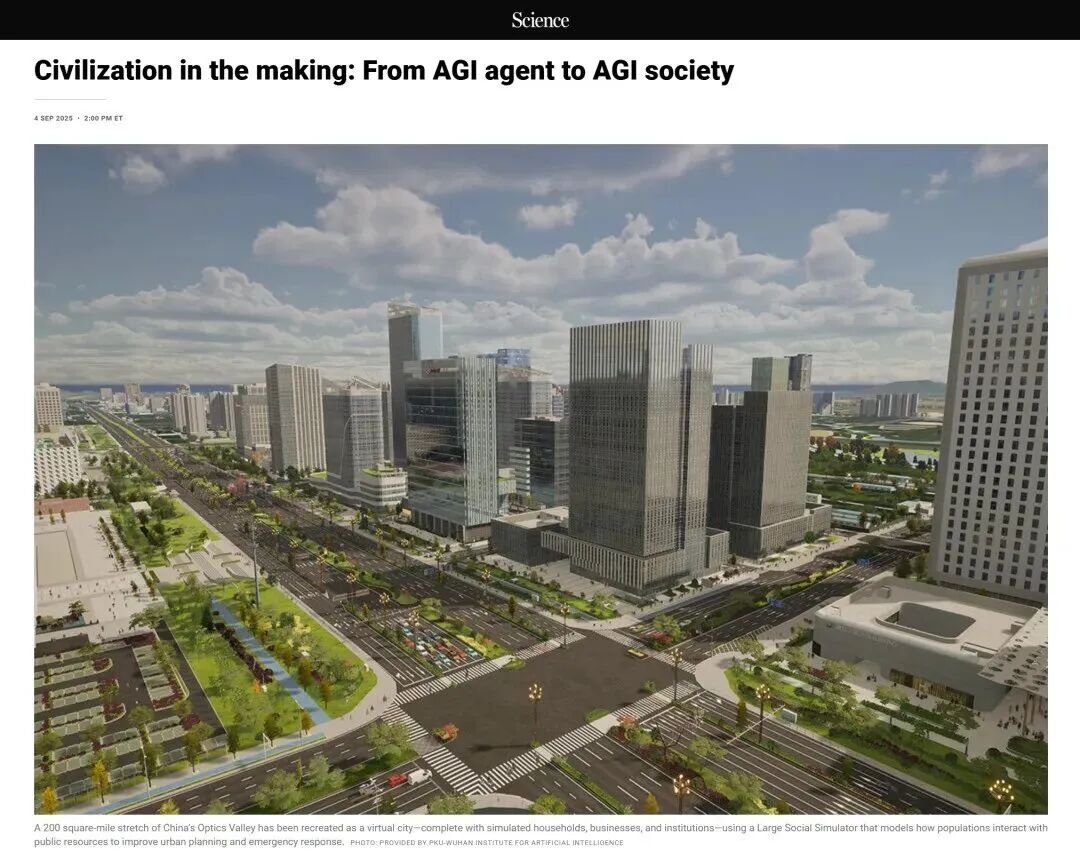
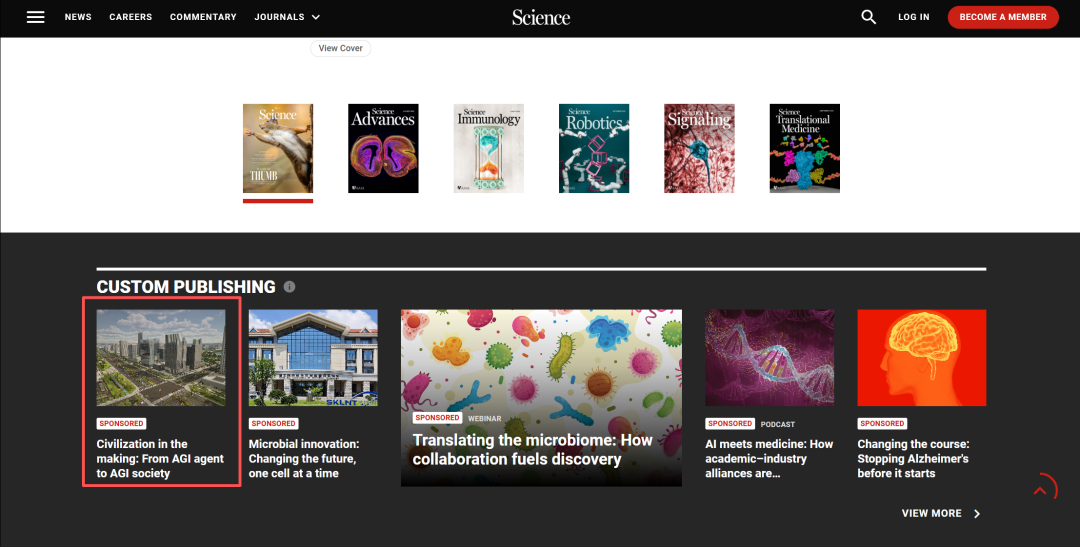
这项研究开创性地将AGI从“个体智能”拓展至“社会智能”:
-
像养孩子一样培养AI——AGI儿童“通通”的成长证明AI能发展出协商、判断等社会能力;
-
把城市搬进数字空间——以中国光谷为蓝本构建的虚拟社会,让AI在模拟交通、经济等场景中学习应对现实挑战;
-
预演人类文明未来——通过“社群→城市→文明”三阶段实验,科学家试图揭示不同文明形成及演化的规律。
该项研究不仅推动AGI向”社会智能”跨越,更开创了社会科学研究新范式:虚拟社会成为政策实验室,可重复验证公共决策效果。其衍生VR作品《文明一万年》已获联合国教科文组织(UNESCO)教育创新案例奖,彰显技术人文融合的深远意义。通过模拟社会运行机制,科学家正为人类与AGI的共生未来探路。
以下为中英文全文:
文明演进:从AGI智能体到AGI社会
在热门游戏《文明》中,玩家需引导一个部落跨越时代——从石器时代和简易茅屋起步,直至实现太空探索和外交博弈,其核心魅力在于展现人类社会从原始群落发展为成熟文明的进程。现在,请想象一款不再依赖像素画面,而是由自主的通用人工智能(AGI)心智来驱动的《文明》游戏。
2024年,北京通用人工智能研究院推出了具有自主发展能力的AGI儿童“通通”,这一开创性实验标志着AGI领域的突破。到2025年,她已从一个充满好奇心的3岁“成长”为更具自主意识的6岁个体,能够通过协商争取更优结果,并展现出不断进化的判断力。正如人类小孩一般,“通通”不仅仅在学习——更在真正地“长大成人”。
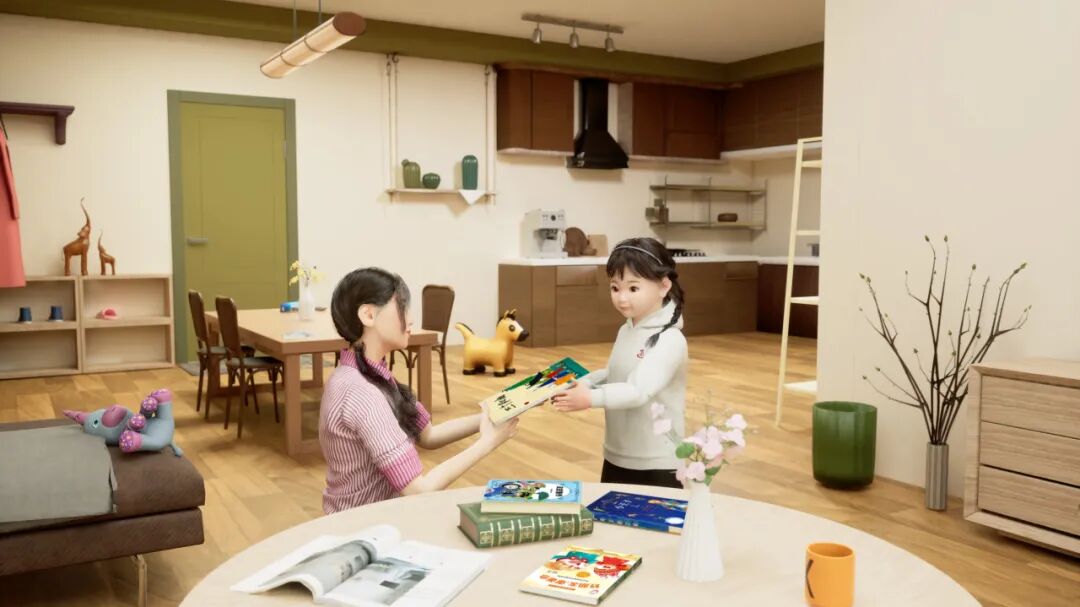
由朱松纯担任首席科学家的北京大学武汉人工智能研究院,作为一个新型研发机构,将北京大学在社会科学领域的优势与AGI前沿探索相结合。朱松纯的研究目标并不仅仅是建模单个智能体,而是试图模拟整个社会的运行机制。朱松纯认为,以“通通”这样的个体智能为起点,未来可以逐步扩展为完整的AGI社会——逐步形成社群、城市,最终建立起基于真实世界建模的人工文明。
1、观念的跃迁
朱松纯及其团队尝试通过“CUV框架”(构建具有目标导向的自主智能体指导原则)创建具有类人认知的AGI智能体。该框架中,C代表智能体的思维系统架构,U代表其感知、认知与行动能力,V代表其内在动机与价值系统。三者共同构成一个定义AGI个体学习、推理和行动的“CUV空间”。这与主要模仿人类行为而非执行自主目标行动的大型语言模型(LLM)AI存在根本差异。
“但人类不仅是智能的个体,”朱松纯说,“我们是由无形契约联系在一起的社会单元,如同由化学键结合的原子。”因此,AGI智能体的塑造不能脱离社会环境。他强调:“要理解文明、构建具备社会意识的AGI,我们必须模拟社会本身,而不仅仅是其中的心智。”
为建模这种社会演进,朱松纯和团队提出了AGI社会发展的三阶段仿真框架:
-
社群阶段:对小规模社会单元和关系进行建模;
-
城市阶段:扩展至城市环境,模拟多元智能体通过交通、经济与服务产生交互;
-
文明阶段:模拟宏观社会系统,涵盖制度、价值观和长期集体行为。
在该社会仿真框架中,智能体被分层组织在多个层级中,包括个体智能体(如公民)、组织智能体(如企业、学校)以及社会级智能体(如政府机构)。每一层级的智能体都通过其自身的CUV框架进行建模,使其拥有特定的认知过程、感知——行动通路和动机系统。通过各层级之间的相互作用,社会结构不断演化——家庭、制度和企业的形成正是社会发展动态过程的缩影。
2、模拟中的城市
2024年10月,随着大规模模拟城市环境“大型社会模拟器1.0”的发布,朱松纯的愿景向前迈出了重要一步。
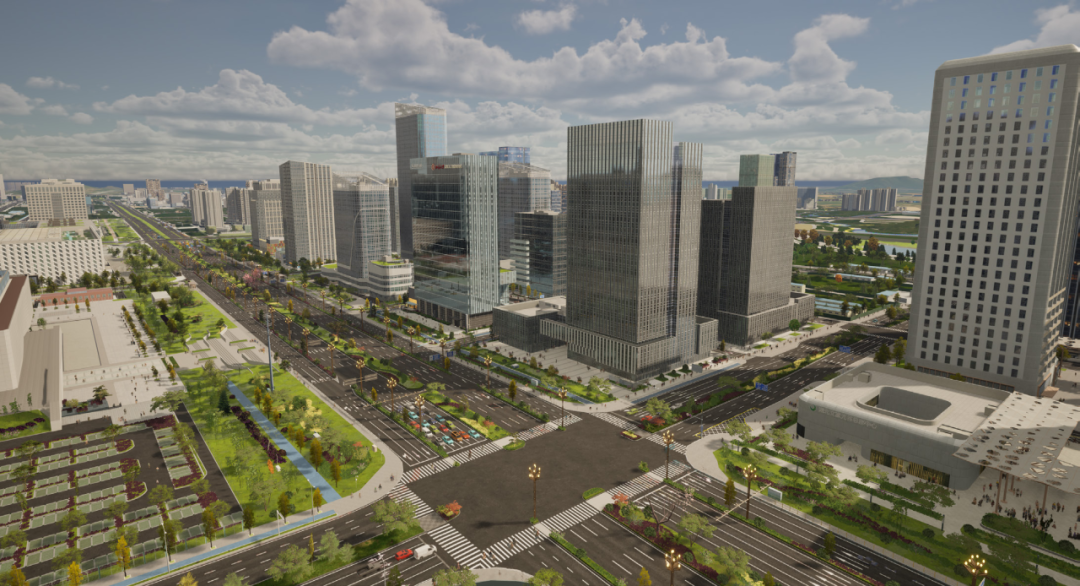
通过大型社会模拟器,中国光谷200平方英里的区域被重现为一个虚拟城市——完整包含模拟家庭、企业和机构设施。该系统通过模拟人群与公共资源的互动机制,旨在优化城市规划与应急响应能力。
该项目由北武院牵头,得到了北京大学、清华大学、通研院以及中国光谷等跨学科协作支持,基于中国光谷地区约200平方英里(518平方公里)内118万人口的脱敏数据进行研究,旨在通过模拟现实大规模环境中社会行为的涌现和演化,探索自主智能体如何应对合作、不平等、价值对齐、危机处理、经济系统和城市规划等复杂社会挑战,从而推动社会级AGI的发展。
“我们选择中国光谷,是因为它在规模、复杂性和完备性之间达到了理想的平衡,”朱松纯解释说。作为国家级高新技术产业开发区,光谷拥有先进的基础设施,为测试通用人工智能体如何模拟并最终支持复杂社会决策提供了丰富的场景。该区域堪称现代中国城市生活的微观缩影,汇聚了高校、科技企业、医疗机构、教育系统、交通网络以及具有高度支持创新的地方政府。朱松纯强调:“这不仅是一场模拟实验,更是跨学科研究与现实城市发展的深度合作。”
3、社会科学范式变革
与自然科学相比,社会学、经济学、心理学和政治学等社会科学学科在发展和采用实验工具方面的进展相对缓慢,尽管实验方法正日益融入这些领域的研究中。
在AGI的视角下,社会科学扮演着关键的双重角色:一方面,它为AGI社会提供指导框架;另一方面,AGI社会反过来又为检验社会科学的理论和方法提供了强大的平台。朱松纯认为,AGI正在为社会科学提供一次重构学科体系、迈向更具活力科学路径的机遇。以中国光谷的模拟项目为例,它正是实现社会科学范式转变的契机——使社会科学家能够更好地控制甚至重复他们的实验。朱松纯指出,从某种意义上说,“大型社会模拟器”代表了AGI研究与社会科学的开创性融合,是重新构想社会科学研究范式的催化剂。
更广泛而言,这标志着人工智能研究的下一个前沿阵地可能正转向人文和社会科学领域。当今社会的许多重大挑战,例如社会发展、文明演进和AI价值对齐等,在现有技术范式下尚未得到解决。通过将AGI与大规模社会建模结合起来,社会模拟器能够为系统性探索、测试和原型化这些以人类为核心的关键问题解决方案提供了充满前景的基础。
作为重要的社会科学研究合作伙伴,亚洲社会仿真协会(ASSA)主席吕鹏认同朱松纯的观点。他表示:“大型社会模拟器解决了社会实验中难以重复操作的挑战,能够提升公共政策质量,并增强社会整体福祉。”
4、社会模拟的全球愿景
目前,“大型社会模拟器”仍处于社群和城市层级,研究范围局限于中国单一城市环境。按照朱松纯提出的AGI模拟三阶段愿景,北武院正与合作机构共同致力于将模拟最终扩展至文明层级。朱松纯说:“我们希望通过模拟揭示社会规律,从而在全球和国际层面——探究不同国家和文明如何竞争、合作与互动。”
北武院还计划向全球研究人员开放“大型社会模拟器”,以加深AGI与社会科学的跨学科合作。这一举措至关重要,因为随着AGI技术的发展,人类必须回答一个关键问题:日益强大的AGI将如何与人类共存?
正如朱松纯所言:“我们不仅是在模拟社会,更是在预演未来。”通过社会模拟器和AGI研究,朱松纯和他的团队希望探索人类价值与AGI协同演进的路径。其雄心在于以前瞻的视野、合作精神与智慧,助力人类驾驭加速变化的时代。
2024年10月,朱松纯与吕鹏带领的北武院团队通过VR体验馆《文明一万年》将这一愿景带入现实。在体验馆里,参观者可伴随AGI智能体穿越人类文明史。该项目融合沉浸式历史体验与前沿AI技术,已荣获联合国教科文组织2025年度“世界遗产教育创新案例奖”。
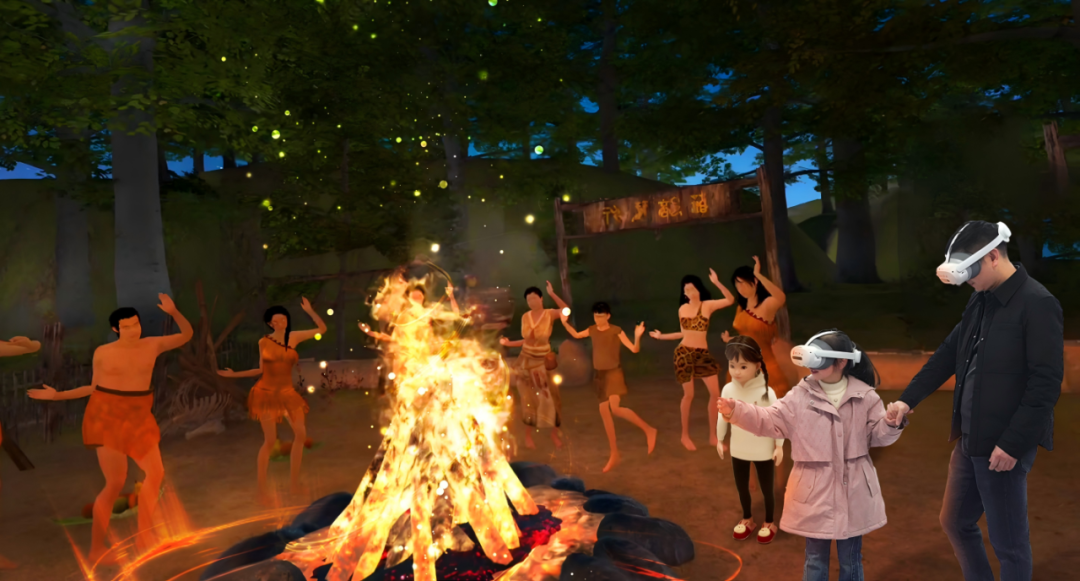
此图展示了《文明一万年》的剧情场景,在VR大空间体验馆里,游客与AGI智能体共同重返人类石器时代。
以下是报道原文
Civilization in the making: From AGI agent to AGI society
PKU-Wuhan Institute for Artificial Intelligence leads provocative AI experiments in social development.
In the popular game Civilization, players must guide a tribe through the ages—starting with stone tools and simple huts, ending with spaceflight and diplomacy. The excitement lies in the development of human societies from primitive communities to full-fledged civilizations. Now imagine playing Civilization not with pixels, but with autonomous artificial general intelligence (AGI) minds.
In 2024, the Beijing Institute for General Artificial Intelligence (BIGAI) unveiled Tong Tong, an AGI child and a groundbreaking experiment in autonomous development. By 2025, she had “grown” from a curious 3-year-old to a more self-assured 6-year-old, capable of negotiating for better outcomes and showing signs of evolving judgment. Like a human child, Tong Tong doesn’t just learn—she’s growing up.
BIGAI’s director, Song-Chun Zhu—also chief scientist at the PKU-Wuhan Institute for Artificial Intelligence (PKU-Wuhan), an emerging research hub bridging Peking University’s strengths in social sciences with the frontier of AGI—is aiming to model not just intelligent agents but entire societies. What begins with individual minds like Tong Tong, Zhu believes, may one day scale into full societies of AGIs—forming communities, cities, and ultimately, artificial civilizations modeled on the real world.
A giant leap in concept
Zhu and his team have attempted to create AGI agents with human-like cognition using a “CUV framework,” a guiding principle for building autonomous agents with purpose and goals. Under this concept, C is the AGI’s thinking system, U is its ability to perceive and act, and V its internal motivations. Together, they form a “CUV space” that defines how individual AGI agents learn, reason, and act. This is fundamentally different from large language model (LLM)-based AI, which primarily mimics human behavior rather than performing autonomous, goal-directed actions.
“But humans are not just intelligent individuals,” says Zhu. “We are social agents bound by invisible contracts, like atoms held together by chemical bonds.” So, shaping AGI agents shouldn’t be done in a vacuum. “To understand civilization and build socially aware AGI, we must simulate society itself, not just the minds within it,” says Zhu.
To model this social evolution, Zhu and his team have proposed a three-stage simulation for AGI social development:
1.Community: Modeling small-scale social units and relationships.
2.City: Scaling up to urban environments where diverse agents interact through transportation, economics, and services.
3.Civilization: Simulating macro-level societal systems involving institutions, values, and long-term collective behavior.
In this social simulation framework, agents are organized hierarchically across multiple layers, including individual agents (e.g., citizens), organizational agents (e.g., companies, schools), and societal-level agents (e.g., governments). Each level of agent is modeled with its own CUV framework, allowing for distinct cognitive processes, perception-action pathways, and motivational systems specific to that level. Through interactions among these layers, social structures continuously evolve, such as the formation of families, institutions, and enterprises, reflecting the dynamic processes of societal development.
A city in simulation
In October 2024, Zhu’s vision took a major step forward with the launch of the “Large Social Simulator 1.0,” a large-scale simulated urban environment.
Led by PKU-Wuhan and supported by cross-disciplinary collaborators from Peking University, Tsinghua University, BIGAI, and the Optics Valley of China, the project draws on de-identified real-world data from an approximately 200 square-mile community of 1.18 million people: China’s Optics Valley. This initiative aims at advancing socially intelligent AGI by exploring how autonomous agents navigate complex societal challenges—such as cooperation, inequality, value alignment, crisis response, economic systems, and urban planning—by modeling the emergence and evolution of social behavior in a realistic, large-scale environment.
“We chose China’s Optics Valley because it strikes an ideal balance of scale, complexity, and readiness,” said Zhu. As a national high-tech zone with advanced infrastructure, the Optics Valley provides a rich environment to test how AGI agents can simulate and eventually support complex societal decision-making. The area serves as a microcosm of modern Chinese urban life, encompassing universities, tech companies, hospitals, schools, transit systems, and a highly supportive local government. “It’s not just a simulation,” Zhu emphasized. “It’s a partnership between cross-disciplinary research and real-world urban development.”
Transforming social science
Compared to the natural sciences, social science disciplines such as sociology, economics, psychology, and political science have been slower to develop and adopt experimental tools, though experiments are increasingly integrated into these fields’ research.
Viewed through the lens of AGI, social sciences play a pivotal dual role: they provide guidance to AGI societies, and those societies in turn offer a powerful platform to test social science theories and methodology. Zhu believes AGI is offering social sciences an opportunity to restructure and align with a more vigorous scientific approach. For example, the simulation of China’s Optics Valley offers exactly such an opportunity to shift the paradigm in social sciences, allowing social scientists to better control and even repeat their experiments. In a way, the Large Social Simulator represents a groundbreaking fusion of AGI research and social sciences, a catalyst for reimaging the social sciences, according to Zhu.
More broadly, this signals that the next frontier of AI research may be in the humanities and social sciences. Many of today’s grand challenges, such as social development, civilizational evolution, and AI alignment, remain unresolved within current technical paradigms. By integrating AGI with large-scale social modeling, social simulators offer a promising foundation to systematically explore, test, and prototype solutions to these critical human-centric problems.
Peng Lu, the president of the Asian Social Simulation Association (ASSA), a key social science collaborator, echoes Zhu’s assessment. He says, “The large-scale social simulator addresses the challenge of conducting repeatable experiments in society, enabling improvements in the quality of public policy and enhancing the overall well-being of the society.”
Global vision for social simulation
Currently, the Large Social Simulator is at the community and city level, with the scope limited to one urban setting in China. Following Zhu’s three-stage vision of AGI simulation, PKU-Wuhan, along with collaborating partners, aims to eventually scale up the simulation to the civilization level. “We hope this simulation will uncover patterns so that, at the global, international level—among nations and civilizations—we can study how different civilizations compete, cooperate, and interact,” says Zhu.
PKU-Wuhan also aims to open the Large Social Simulator to global researchers to deepen collaborations across the AGI and social sciences disciplines. This is crucial, because while the technology of AGI advances, we humans collectively will have to answer a key question: How will the increasingly powerful AGI coexist with us?
As Zhu puts it, “We are not just simulating society—we are rehearsing the future.” With the social simulator and AGI research, Zhu and his teams hope to chart a course toward a world in which human values and AGI coevolve. The ambition is bold: to help humanity navigate an age of accelerating change with foresight, cooperation, and wisdom.
In October 2024, Zhu and Lu’s teams brought that vision to life with Longlasting Civilization, a VR experience hall where visitors can step through the ages of humanity alongside AGI companions. The project, which blends immersive history with cutting-edge AI, has since earned global recognition, winning the UNESCO 2025 Award for World Heritage Education Innovation.



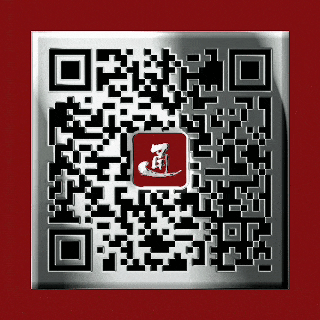



北京通用人工智能研究院
